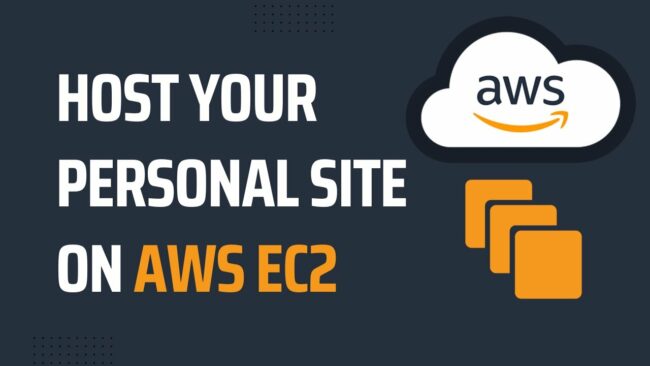Cloud computing has revolutionized the way businesses operate by allowing them to enhance productivity and efficiency. By migrating to the cloud, companies can save money, although the extent of savings depends on their specific circumstances. AWS, one of the leading cloud computing providers, offers various pricing models including Free Tier, Pay-As-You-Go, Save When You Commit, and Pay Less by Using More. Additionally, AWS provides different pricing plans such as On-Demand, Savings Plans, Reserved Instances, Spot Instances, and Dedicated Hosts.
However, it is important to note that support pricing plans for AWS vary based on monthly charges. Furthermore, businesses must also consider additional fees such as data transfer, data retrievals, egress fees, and manage static resource effectively.
Cost Savings with Cloud Computing
Cloud computing offers numerous benefits for businesses, including improved productivity and efficiency. One of the significant advantages of migrating to the cloud is the potential for cost savings. However, the extent of these savings depends on specific circumstances and the cloud service provider chosen.
Migrating to the Cloud Can Save Money
For businesses looking to reduce their IT expenses, moving to the cloud can be a cost-effective solution. Traditional on-premises infrastructure requires significant upfront investments in hardware, software, and maintenance. In contrast, cloud computing operates on a pay-as-you-go model, allowing businesses to pay only for the resources they use.
AWS (Amazon Web Services) is one of the leading cloud service providers, offering various pricing principles to meet different business needs. These pricing principles include the Free Tier, Pay-As-You-Go, Save When You Commit, and Pay Less by Using More. By choosing the right pricing principle and effectively optimizing resource usage, businesses can achieve significant cost savings.
Different Pricing Models Offered by AWS
Within AWS, there are different pricing models available, each with its own benefits and considerations. Understanding these models can help businesses choose the most cost-efficient option for their specific requirements.
- On-Demand Instances: This model allows businesses to pay for compute capacity on an hourly or per-second basis. It offers flexibility and the ability to scale up or down as needed. However, the hourly rates can be higher compared to other pricing models.
- Savings Plans: Savings Plans provide flexibility and lower costs compared to On-Demand Instances. Businesses commit to a specific usage level and receive a discount on the hourly rates.
- Reserved Instances: Reserved Instances involve committing to a specific instance type, operating system, and term length (1 or 3 years). This upfront commitment leads to substantial savings compared to On-Demand Instances, making it ideal for predictable workloads.
- Spot Instances: Spot Instances allow businesses to bid for unused Amazon EC2 capacity. This model offers significant cost savings but requires flexibility in workload scheduling as prices can fluctuate based on supply and demand.
- Dedicated Hosts: Dedicated Hosts provide physical servers entirely dedicated to a business’s use. This pricing model suits businesses with regulatory or compliance requirements and offers visibility into the underlying infrastructure.
By considering the workload characteristics and resource requirements, businesses can choose the most suitable pricing model on AWS to optimize their costs.
Support Pricing Plans for AWS
In addition to the various pricing models, AWS offers different support pricing plans. These support plans provide access to technical support resources and services to help businesses effectively manage their AWS environment.
The support pricing plans vary based on the level of support required and the monthly charges associated with each plan. The plans range from Basic Support, which is included for free, to premium plans like Developer, Business, and Enterprise Support, which offer varying levels of technical assistance, response time, and service level agreement (SLA) guarantees.
Understanding the support pricing plans can help businesses assess the level of support they require and choose the most appropriate plan based on their budget and operational requirements.
Migrating to the cloud can indeed result in cost savings for businesses, thanks to the various pricing principles and models offered by cloud service providers like AWS. However, it is essential to evaluate specific circumstances and workload requirements to determine the potential cost benefits accurately.
By carefully choosing the right pricing principle and model, optimizing resource usage, and considering support pricing plans, businesses can leverage cloud computing to not only reduce costs but also improve productivity and efficiency in their operations.
Although the potential for cost savings with cloud computing is significant, it is crucial to consider additional fees that may arise. Some of these fees include data transfer fees, data retrievals and egress fees, and fees associated with static resource management habits. Therefore, businesses should thoroughly evaluate and account for these additional fees when adopting cloud solutions.
In conclusion, cloud computing offers businesses the opportunity to enhance their overall productivity and efficiency. By understanding the different pricing principles, models, and support plans available, businesses can make informed decisions to leverage the benefits of the cloud while optimizing their costs.







